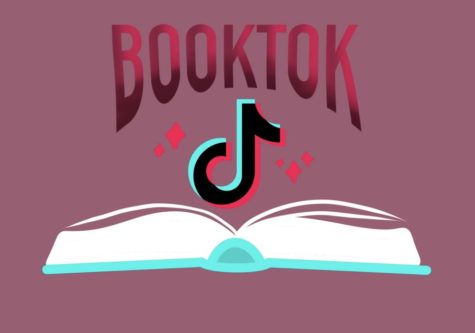Neil Gaiman, winner of roughly eighty various literary awards, is a household name whether people realize it or not. He is the author of “Coraline,” “Good Omens: The Nice and Accurate Prophecies of Agnes Nutter, Witch,” “The Sandman,” “American Gods,” and other popular books, movies and TV shows. He has even contributed to a few episodes of BBC’s “Doctor Who.” On Friday, Oct. 20, Gaiman kicked off Westport’s StoryFest 2023, the largest literature festival in Connecticut, in our very own Westport Public Library, sitting down to talk with fellow author Stephan Graham Jones about his career.
A prominent point of Gaiman’s talk and his writing career itself revolved around the life he put into characters, how it tends to feel like an extension of himself.
“They’re all me,” Gaiman said. “Even the awful ones, you go inside yourself and you find the awful bit that you can use for that character, and you go and find the funny bit that you can find for this character. They’re always you.”
At one point, Gaiman spoke of the specific idea of a Harbinger, the character that provides warning to the main character’s role in a story. This becomes particularly personal when you consider that the child in Gaiman’s book, “Ocean at the end of the Lane,” was meant to specifically represent him.
“I think that there are things that human beings really respond to, and a lot of them echo with being a kid,” Gaiman said.
Gaiman grew up in Sussex, England, and never officially attended college. His first book was a biography titled “A Biography of Duran Duran” in 1984. He pursued journalism for a while, but later published his first novel with Terry Pratchett, titled “Good Omens: The Nice and Accurate Prophecies of Agnes Nutter, Witch,” in 1990. Titles like this and “Coraline,” published in 2002, contributed to Gaiman’s rise. However, Gaiman expressed that his route to success was not without its hitches.
“You spend the first half of your career worried that you don’t ‘have it,’ whatever it is, and then the second half of your career worrying you’ve ‘lost it,’ whatever it was,” Gaiman said. “I used to drive my ex-wife mad [with] angst and deadlines. She would go ‘So what if you miss the deadlines? You’re Neil Gaiman, nobody’s really gonna mind’, and I was like ‘Oh, I would like [that].’”
I want to give something back that will in some way inspire kids.[Something] that will inspire whoever is going to be a kid that will grow up to be a writer.
— Neil Gaiman
Beyond just books, Gaiman has aided in writing for movies and TV shows. Many of his own source material, such as The Sandman, a revolutionary graphic novel, were turned into movies or TV shows. Writing for TV, though, especially Hollywood, can become pretty grim according to Gaiman, with a strong lack of respect for original source material, such as books in Gaiman’s case.
“Books are definitely just, for most of the Hollywood world, they are things of which films can be loosely based,” Gaiman said. “They are properties that you can use to make content. They’re not literature and they’re not art.”
Though he has undoubtedly had negative experiences in his craft, as most people do, his numerous literary achievements have carved out a prominent spot in literature, one that Gaiman has filled impeccably well. At this point in his career, Gaiman’s work has left a prominent impact throughout books and media worldwide. This is exactly what he wants to do.
“I want to give something back that will in some way inspire kids,” Gaiman said. “[Something] that will inspire whoever is going to be a kid that will grow up to be a writer.”


















































